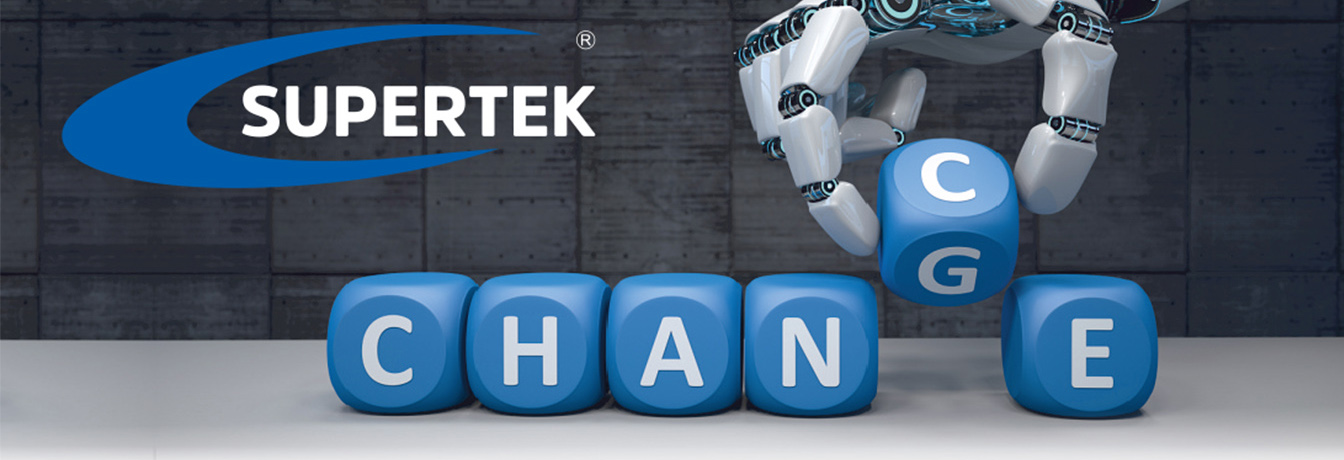
Tension Dancer
A tension dancer is a mechanical component used in winding machines and other material handling systems to control and stabilize the tension of the material being wound. The tension dancer plays a crucial role in ensuring uniform winding and preventing material breaks or damage during the winding process.
How It Works
A tension dancer typically consists of a movable arm, pivoted at one point, and one or more rollers that guide the material. The arm moves up or down depending on the material's tension. This movement helps maintain consistent tension:
- Tension Control: When the material tension increases, the dancer arm moves down, effectively lengthening the material path and reducing tension.
- Tension Compensation: When the tension decreases, the dancer arm moves up, increasing the tension and keeping the material taut.
Applications
Tension dancers are used in various industries and applications, including:
- Textile Industry: To control the tension of yarns and threads during weaving or knitting.
- Cable Manufacturing: To regulate the tension of cables during winding, ensuring uniform windings.
- Film and Foil Production: In the production of plastic films and foils to ensure even tension and prevent wrinkling.
Advantages
The use of a tension dancer offers several benefits:
- Consistent Material Tension: Prevents material breaks and ensures uniform winding quality.
- Increased Production Speed: Allows higher winding speeds as the tension is automatically regulated.
- Flexibility: Can be adapted for a variety of materials and applications.
A tension dancer is an indispensable tool in modern winding technology, helping to improve the efficiency and quality of the winding process and extending the life of the machines.